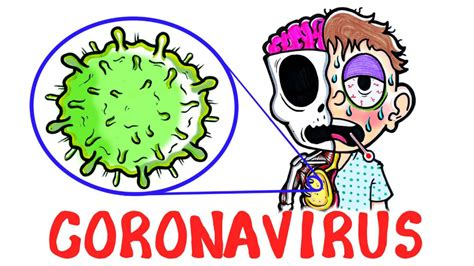Authors: Medical Author: Rohini Radhakrishnan, ENT, Head and Neck Surgeon Medical Reviewer: Pallavi Suyog Uttekar, MD Medicine Net
Recent studies have found that COVID-19 can affect multiple organs, including the eyes.
In some cases, the virus can enter the body through the eyes when rubbed with infected hands or if respiratory droplets from an affected person happen to land on the eye. Ocular symptoms can occur at any stage during the course of the illness, appearing within 2 weeks of other COVID-19 symptoms and lasting less than 2 weeks.
Medications administered to COVID-19 patients for treatment can also lead to serious side effects associated with the eyes.
5 parts of the eyes affected by COVID-19
- Conjunctiva: Conjunctivitis or tearing of eyes may be the first symptom of a viral infection. This is caused by inflammation of the clear mucus membrane that envelops the eye. The primary symptom of conjunctivitis is a pink or reddish color that occurs when the blood vessels in the conjunctiva become inflamed, making them more visible. Other symptoms of conjunctivitis include eye redness, irritation, soreness, itchiness, tearing, watery discharge, eyelid swelling, congestion, and chemosis. Though these symptoms rarely present as an initial symptom, it is more commonly seen in patients with severe systemic symptoms of COVID-19.
- Sclera: Episcleritis is a possible complication of COVID-19. It is an inflammatory condition that affects the episcleral tissue between the conjunctiva and the sclera, or white part of the eye. The link between COVID-19 and episcleritis may include vasculo-immunological factors and coagulation disorders.
- Retina: Retinal microvascular changes have been noted on ocular imaging in people with COVID-19. These signs were even seen in asymptomatic people with normal vital signs. Various fundoscopic findings of the retina include retinal microhemorrhages, retinal vascular tortuosity, retinal vascular occlusion, cotton wool spots, and hyper-reflective plaques in the ganglion cell-inner plexiform layer. Retinal involvement of the infection often presents in the form of a decrease in vision or blindness.
- Optic nerve: A wide variety of neuro-ocular symptoms have been found in people with COVID-19 infection. The hypotheses proposed for this include direct neuronal attack by viral particles, endothelial cell dysfunction leading to ischemia, and coagulopathy, or a widespread inflammatory cytokine storm induced by the virus. Optic neuritis, which is inflammation of the optic nerve, has been noted in several cases. The condition leads to a sudden loss of vision, relative afferent pupillary defect, pain with eye movements, and optic disc edema.
- Orbit: Mucormycosis, a severe fungal infection, presents with symptoms that include eye swelling or redness, double vision, loss of vision, eye pain, and drooping eyelid. The infection mainly affects individuals with a compromised immune system along with decreased CD4+ and CD8+ lymphocytes, those with comorbidities (such as diabetes mellitus and decompensated pulmonary functions), and those on immunosuppressive therapy (corticosteroids).
What are the effects of COVID-19 medications on eyes?
Medications that have been used to treat COVID-19 have been associated with ocular toxicities:
- Chloroquine and hydroxychloroquine, when used long-term, can lead to retinal toxicity
- Lopinavir or ritonavir can lead to the reactivation of autoimmune conditions
- Ribavirin has been seen to cause retinopathy, retinal vein occlusion, serous retinal detachment, and nonarteritic ischemic optic neuropathy
- Interferon has been reported to cause retinopathy, conjunctivitis, uveitis, optic neuropathy, corneal ulcers, and epithelial defects
- Tocilizumab has been associated with retinal hemorrhages and cotton wool spots
- Systemic corticosteroids are known to cause cataracts, glaucoma, and central serous chorioretinopathy
How to protect your eyes from COVID-19 infection
- Avoid rubbing your eyes
- Use a clean tissue to instead of fingers if your eyes are itchy
- Stock up on eye care supplies and medications
- Wear glasses instead of contact lenses during the pandemic
- Do not delay treatment for serious eye issues
- Consider wearing safety goggles when caring for COVID-19 patients
